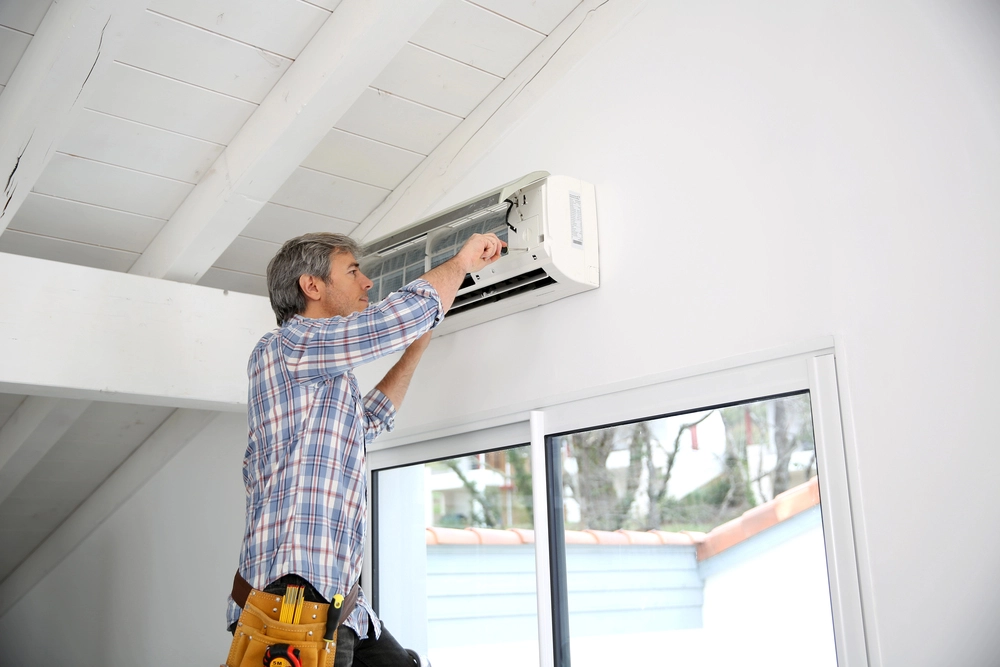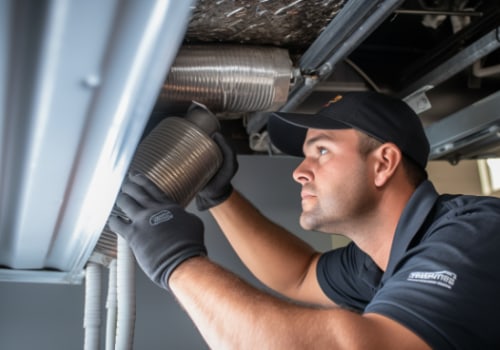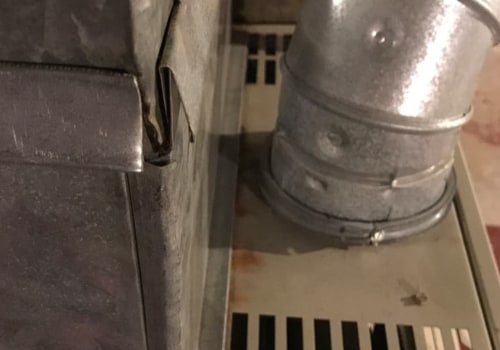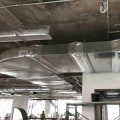At FilterBuy, we’ve seen firsthand how something as simple as an 18x20x1 furnace filter swap can dramatically change a home’s air quality. After manufacturing millions of filters and hearing daily from customers across the country, one thing is clear: most people don’t realize how quickly a clogged filter can strain their HVAC system and circulate dust, pollen, and even mold spores back into the air their family breathes. That’s why we created this step-by-step guide—not just to show you how to replace your 18x20x1 furnace filter, but to explain why it matters, what signs to watch for, and how small adjustments can lead to cleaner air, lower energy bills, and long-term protection for your loved ones.
Top Takeaways
Replace often – Every 90 days; every 30–60 with pets or allergies.
Protect HVAC – Clean filters keep airflow strong and reduce strain.
Breathe better – Fresh filters cut dust, pollen, and dander.
Save money – Lower energy use by 5–15% with routine changes.
Stay consistent – Make filter swaps a household habit.
Click Here to Download the PDF Version of the Slideshow Above
How to Replace an 18x20x1 Furnace Filter
Replacing your 18x20x1 furnace air filter is simple, but doing it correctly makes all the difference for your HVAC system and your family’s air quality. Here’s how:
Turn Off Your System – Always cut the power before removing the filter to keep dust from circulating and to ensure safety.
Locate the Filter Compartment – Usually in the return air duct or blower compartment. Check your system’s manual if needed.
Remove the Old Filter – Slide it out carefully. If it’s gray or clogged, it’s overdue for replacement.
Insert the New Filter – Align the arrows on the filter frame with the airflow direction (toward the furnace). Make sure it fits snugly.
Set a Reminder – Replace every 90 days on average. Homes with pets, allergies, or heavy HVAC use may need monthly changes.
A fresh filter doesn’t just keep your furnace running efficiently—it helps trap dust, pollen, and pet dander, making your home’s air healthier and safer to breathe.

“After producing millions of filters and working with families across the country, we’ve seen how often people underestimate the impact of something as small as an 18x20x1 filter. A clogged filter doesn’t just strain your HVAC system—it quietly recirculates dust, pollen, and dander back into your living spaces. Replacing it on time is one of the simplest, most effective steps you can take to improve your home’s air quality and protect your family’s health.”
Case Study & Real-World Examples
1. Allergy Relief in a Pet-Friendly Home
A customer in Atlanta with pets noticed her son’s allergies worsening year-round.
The old 18x20x1 filter was overdue—clogged with dust and pet hair.
Switched to a higher-MERV filter and replaced it consistently.
Results: fewer allergy symptoms, less dust on furniture, noticeably cleaner air.
Takeaway: Fresh filters directly improve daily comfort and health.
2. Lower Energy Bills Through Routine Replacement
Dallas homeowners faced rising monthly energy costs.
The HVAC system was overworking due to a severely clogged filter.
After replacing the filter and setting a routine schedule, bills dropped by ~15%.
Airflow became stronger and more consistent.
Takeaway: Regular filter changes save money and reduce system strain.
3. Research-Backed Insight
U.S. Department of Energy: clean air filters can cut HVAC energy use by up to 15%.
Confirms what we see daily with customers—efficiency improves when filters are changed on time.
Takeaway: Science + real-world experience = proof that filter replacements pay off.
Supporting Statistics
1. Indoor Air Exposure
Americans spend 90% of their time indoors.
Pollutant levels indoors are often 2–5× higher than outdoors.
Our perspective: Families often discover this when allergy symptoms persist even in “clean” seasons.
Source: EPA
2. Energy Savings
Replacing a dirty filter can cut HVAC energy use by 5–15%.
Our experience: Homeowners report lower utility bills after consistent 18x20x1 filter changes.
Source: DOE
3. Pollutant Levels Indoors
Indoor pollutants in poorly ventilated spaces can be up to 100× higher than outdoors.
First-hand insight: Customers often notice dust buildup or persistent coughs before realizing their filter is overdue.
Source: EPA
Final Thought & Opinion
Replacing your 18x20x1 furnace filter isn’t just routine—it’s essential.
Waiting until a filter is visibly clogged already means reduced airflow, higher bills, and allergens recirculating in your home.
What we’ve seen firsthand:
Families who stay consistent enjoy cleaner, more comfortable living spaces.
Regular changes protect both the HVAC system and the people who rely on it.
Customers often notice fewer allergy symptoms and lower energy costs within weeks.
Our opinion:
Treat filter replacement like a health habit, not a chore.
Just as you wouldn’t skip a doctor visit or forget to change smoke detector batteries, don’t delay swapping your filter.
The payoff: cleaner air, lower costs, and peace of mind.
Next Steps
Get Filters – Buy 18x20x1 filters sized for your system. Stock up for the year.
Set a Schedule – Replace every 90 days. Every 30–60 days with pets or allergies.
Check System – Align airflow arrows correctly. Inspect for dust or airflow issues.
Track Results – Watch for cleaner air, less dust, and lower energy bills.
Stay Consistent – Make filter changes part of your home wellness routine.
Frequently Asked Questions
1. How often should I replace my 18x20x1 furnace filter?
Most homes should replace it every 90 days. If you have pets, allergies, or heavy HVAC use, replace it every 30–60 days for best results.
2. How do I know if my furnace filter needs to be changed sooner?
Check the filter monthly. If it looks gray, clogged with dust, or restricts airflow, it’s time to replace it—even if it hasn’t reached the scheduled change date.
3. Which way does the 18x20x1 filter go in?
Look for the airflow arrows on the filter frame. These should point toward the furnace or blower motor. Installing it backward reduces efficiency.
4. What happens if I don’t replace my furnace filter regularly?
A dirty filter restricts airflow, forcing your system to work harder. This can lead to higher energy bills, poor indoor air quality, and even system damage over time.
5. What type of 18x20x1 filter should I buy?
Choose a filter with the right MERV rating for your needs.
MERV 8–11: Good for most homes.
MERV 11–13: Better for allergies or homes with pets.
Higher MERV: Captures more particles but may reduce airflow if your system isn’t built for it.
Learn more about HVAC Care from one of our HVAC solutions branches…
Filterbuy HVAC Solutions - Miami FL - Air Conditioning Service
1300 S Miami Ave Apt 4806 Miami FL 33130
(305) 306-5027
https://maps.app.goo.gl/Ci1vrL596LhvXKU79







